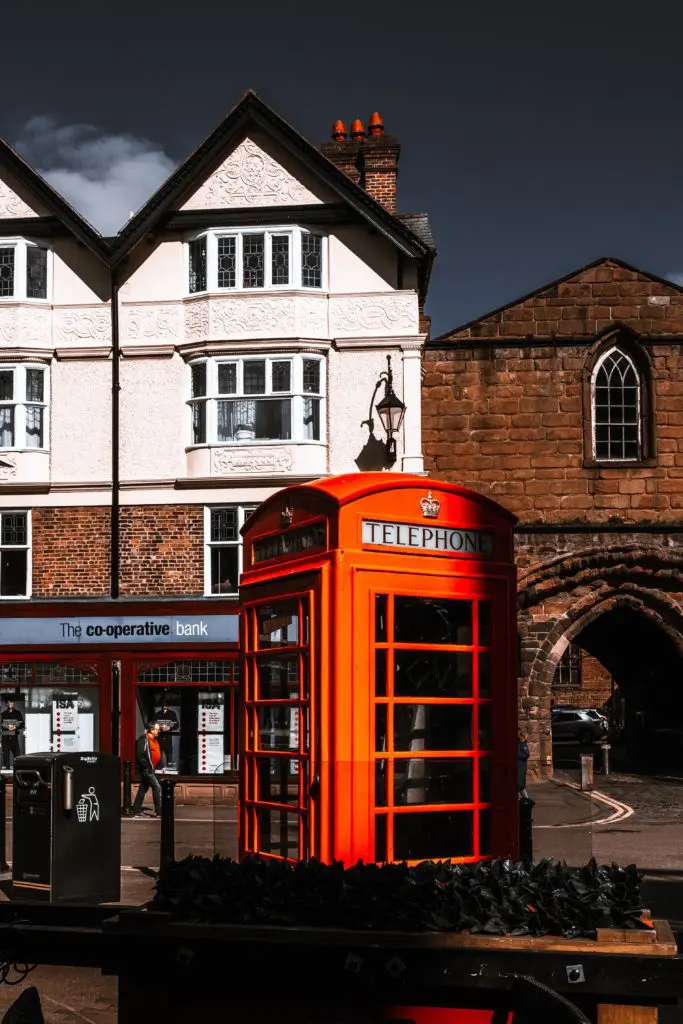Help for installing windows in listed buildings
When installing windows for listed buildings, there are certain rules and regulations that you must follow. We help you figure out the best windows for your renovation project. We’ll also make sure that your improvements are approved by your local planning authority. Read on to find out more about windows for listed buildings.
What is a listed building?
A listed building is one that has “special architectural or historic interest considered to be of national importance and therefore worth protecting” according to Historic England.
There are three categories of listed buildings:
- Grade II – Buildings that are of special interest
- Grade II* – Buildings that are particularly important and are of more than special interest
- Grade I – Buildings that are of exceptional importance
Over 90% of listed buildings are Grade II.
How do I know if my building is a Listed Building
If you are not sure if your property is listed, the easiest way to find out is to use the Historic England National Heritage List for England (NHLE). This resource is the only official and up to date record of national historic buildings and sites that are protected. Search the list here.

The rules and regulations for renovating a listed building
When renovating a listed building there are certain rules and regulations that must be followed. The most important is that the owner must have planning permission from his or her local building authority. All plans must be submitted to the planning officer for approval. If you make alterations to a listed building without the relevant permissions, you will be made to return the building to its original state and you will face either a hefty fine or, in more severe cases, a prison sentence.
Criteria for upgrading windows in a listed property
There are no hard and fast rules for upgrading windows in a listed building. Approval is ultimately down to the planning officer. The general rule is that the replacement windows must be as close as possible to the original windows. As many listed buildings are over 100 years old, this generally means that the requirement is:
- single glazed windows, with
- timber frames.
Also, some planning officers prefer renovation rather than replacement. Of course this is not always possible, and it is not unreasonable for the property owner to want to improve the performance and comfort of his or her property by installing modern double glazing.
Most standard double glazed windows won’t get approved for installation in a listed property. A plastic frame would have to have a realistic wooden effect. The glazing itself would not pass because of the size of the cavity between the two panes of glass. This cavity exposes the inner frames of the window. These are generally aluminium strips that are ugly and definitely not authentic to a traditional property.
There is another undesirable effect from standard double glazing – the double reflection. This is a far more obvious problem – the 2 widely separated panes create two reflections. This would never be seen in a traditional property so window
Heritage windows for listed buildings
There is a category of specially developed windows for listed buildings – called Heritage Windows. These products are offered by specialist manufacturers and have previously been passed by local authorities for installation in listed buildings.
Heritage Windows are generally made with timber frames and slimline or ultra slim double glazing. The thinnest type of double glazed unit is Vacuum Glazing. This is double glazing where the cavity is a vacuum with a gap of only 0.6mm (compared to the 25mm gap in standard double glazing). This means that these windows offer all the benefits of super-efficient modern windows while satisfying the criteria for installation in a listed building.
Heritage windows mean the Grade II listed buildings can be made more energy efficient and comfortable for the occupants without sacrificing their traditional looks – which are probably the main reason why people buy them in the first place. Gowercroft have developed an award winning range of timber heritage windows that offer traditional looks with modern day performance with an extended low maintenance service life. Check our heritage window pages for more information.
Read more about Heritage Windows in our comprehensive Guide to Replacing Windows in Listed Buildings